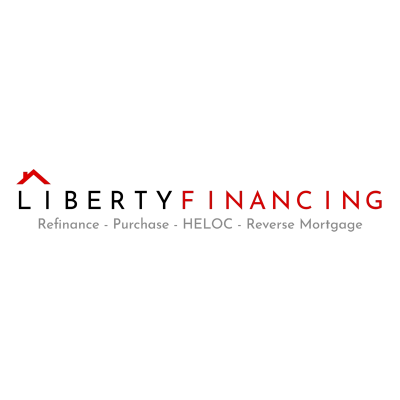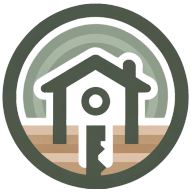6 Hidden Costs of Home Loans and How to Minimize Them
Navigating the maze of home loan expenses requires more than just a keen eye; it demands expert insights. This article demystifies the 6 hidden costs that can sneak up on potential homeowners, with input from seasoned industry professionals. Learn strategies to minimize these financial pitfalls and make informed decisions on your journey to homeownership.
- Consider Private Mortgage Insurance Costs
- Avoid Lender's Mortgage Insurance
- Save for Larger Down Payment
- Explore Lender-Paid PMI Options
- Negotiate Alternative Financing Strategies
- Research Property Tax Rates
Consider Private Mortgage Insurance Costs
One of the biggest hidden costs associated with getting a home loan that most people don't consider is private mortgage insurance (PMI). If you're putting down less than 20%, lenders typically require PMI, which can add hundreds of dollars to your monthly payment and thousands over the life of the loan. Many buyers focus only on the interest rate and principal payment, but PMI quietly eats away at affordability. To avoid or minimize this cost, consider saving up for a larger down payment to hit the 20% threshold or looking into loan options that don't require PMI, such as certain portfolio loans or VA loans if you qualify. Another strategy is to request PMI removal once you reach 20% equity in the home, either through appreciation or paying down the loan. Being proactive about understanding how PMI works can save a significant amount of money over time.
Avoid Lender's Mortgage Insurance
One of the biggest hidden costs of getting a home loan that many overlook is lender's mortgage insurance (LMI). This cost can catch borrowers off guard, especially those with a down payment of less than 20 percent. LMI protects the lender and not the borrower, yet it can add thousands to the overall loan cost. My advice is to aim for at least a 20 percent down payment to avoid this expense altogether. If that is not possible, explore options like guarantor loans or lender-specific offers that can reduce or waive LMI. At Zanda Wealth Mortgages, we emphasize educating clients on these hidden costs upfront so they can make informed decisions and structure their loans more effectively, saving money in the long run.

Save for Larger Down Payment
One of the biggest hidden costs of getting a home loan is private mortgage insurance (PMI) for borrowers who put down less than 20%. PMI can add hundreds of dollars to your monthly payment and often goes unnoticed.
To minimize this cost, consider saving for a larger down payment to reach the 20% threshold or explore lender-paid PMI options, which will roll costs into the interest rate. Additionally, some loan programs, like VA loans, don't require PMI at all.

Explore Lender-Paid PMI Options
One of the biggest hidden costs of getting a home loan is lender's mortgage insurance (LMI), which applies if your down payment is less than 20%. LMI can cost thousands of dollars and is often overlooked by first-time buyers.
To avoid or reduce this cost, try to save a 20% down payment or look for loans with lender-paid LMI options. Some first-time homebuyer grants or guarantor loans can also help you bypass LMI and save money.
Negotiate Alternative Financing Strategies
One of the biggest hidden costs of a home loan is private mortgage insurance (PMI), which kicks in if you put down less than 20%. PMI can add hundreds to your monthly payment without building equity. To avoid it, aim for at least 20% down, negotiate lender-paid PMI, or explore alternative financing like owner financing or private lenders-strategies I've used for years to avoid banks. If you already have PMI, keep an eye on your equity and refinance once you hit 20%. Smart financing saves thousands in the long run.
Research Property Tax Rates
When diving into the world of home loans, many buyers focus on down payments and interest rates but overlook the long-term impact of property taxes. These taxes can vary dramatically depending on location and can increase over time, significantly affecting the overall affordability of the home. For example, a home in a high-property-tax area can end up costing substantially more in the long run than a comparably priced home in a lower-tax area.
To avoid being caught off guard by high property taxes, it's crucial to research and consider the tax rates in different areas during the home-buying process. One strategy is to look for homes in municipalities that have stable or low property tax rates, or in areas where increased property values won't necessarily spike your tax bill. Also, always factor in these taxes when calculating your monthly and annual housing budget. Keeping a keen eye on these potential hidden costs will not only help you budget more effectively but also save you from unexpected financial strain after purchasing your new home. This proactive approach can make a huge difference in the overall enjoyment and affordability of your home over the years.





